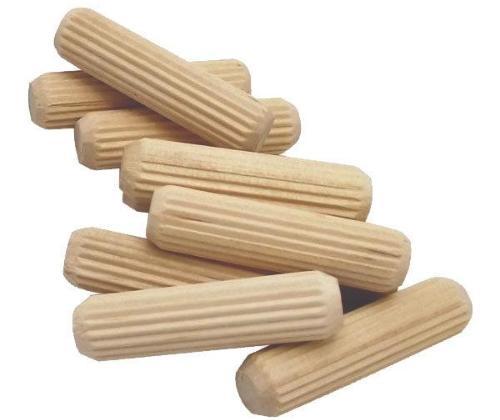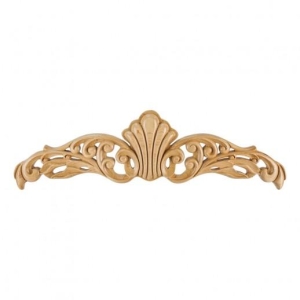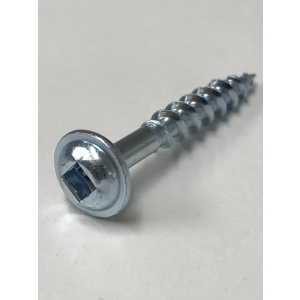Description
Wooden dowels
Available in:
- 6mm x 20mm
- 8mm x 30mm
- 8mm x 30mm preglued
- 8mm x 35mm
- 8mm x 40mm
- 8mm x 60mm
- 10mm x 30mm
- 10mm x 38mm
Sold per 1000 pieces
What are wooden dowels used for?
Dowels are used for making reliable, exact joints in wood. They are thicker and sturdier than nails or screws and less inclined to breakage. Wooden dowels provide a firm joint, which is far better than a glue joint. Wooden dowel joints are made by inserting two pieces of wood together, making it strong and difficult to break apart.
Wooden dowels are commonly used in the making of various kitchens and wooden household items. For example, they are used to make frames of doors and pictures, making joints for table and chair legs, building cabinets and constructing wooden shelves and racks.
In toy-production, dowels are ideal for axles in toy vehicles. They are so versatile that they can even be seeded with spores, then hammered into treated logs to create home fungus farms. Crazy, right?
Carpenters worldwide have been using this method of making joints for a long time. Dowels came into use in order to strengthen their joints or fix stripped screws.?
The guideline behind doweling is basic: small round yet evenly cut sticks of wood, called dowels, are embedded into holes in corresponding boards. These dowels are affixed to the holes to give reliable, healthy joints.
It may sound very effortless, but it is not. Many modern-day carpenters avoid using wooden dowels for simple work, for example, biscuit joinery or mechanical fasteners such as pocket joinery. However, the effortlessness and strength of doweling can?t be beat.
Why are dowels so suitable for joinery?
Wooden dowels remove the need to utilize nails or screws.?
Joints made with dowels can't slip and, when developed precisely, are destined to be a perfect, accurate, and very strong fit.
Dowels are utilized in carpentry for many purposes other than jointing. They can be used to fix stripped screw openings. These are openings that have lost their thread, making it difficult to hold a screw.
Why dowels are so suitable for joinery:
Proper Alignment
Most carpentry works will require the sticking and clamping together of parts. This is done to make sure the two sections are joined together to give strength and stability.?
Most of the time, sticking and cinching are not appropriate and are misaligned. Additionally, using wooden dowels allows the joints to be fixed safely and at their proper arrangement. Dowels keep the joints in their right position preventing any misalignment.?
Stronger Joints
Another benefit of dowel joints is that they provide extra support. Adding dowel joints is a lot simpler than a tail and pin connection, which gives more stability. It is an excellent option in contrast to the kinds of connections generally used in joints.
Extra Strength
One of the fundamental advantages of using a wooden dowel joint is that it can handle more weight because of its sturdiness. The use of dowel joints can give additional strength at the butt and mitre joints in carpentry and different tasks.
The joints can be reinforced by drilling a hole at the ends of these joints and adding a glued dowel in the holes.
By adding the dowels, the joints' strength will be expanded significantly, upgrading the solidness of the whole unit.
How to Use Dowel Joinery
Doweling usually involves using a measurement of dowel that is close to 1/2 of the board's width. Using a more extensive dowel would break the board up, and a smaller dowel would not be sufficient? to hold the joint. Installing a dowel usually entails the following process:
Drill the Holes
To start doweling your joint, adjust the two sheets to be attached in their positions. You'll have to use a minimum of two dowels for each joint, more if the joint is especially wide.
Align the Holes on the board
Position the doweling centers that came with your dowel kit into the holes.?
With the doweling centers situated in the openings, adjust the second board into the right spot and press it against the doweling spots. Be sure to be exact. Move on to the second board and drill the holes for the position of the doweling centers.
Install the Dowels
Remove the doweling centers from the first board. Put some glue into each hole and insert the dowels. To make the joint more firm, make sure to use a woodworking clamp until the joint is completely dry and secure.. Keep the clamp on for at least 24 hours is a good rule of thumb.
We hope you enjoyed learning all about wooden dowels. If you have any questions contact us and we will be happy to help.
?








Reviews
There are no reviews yet.